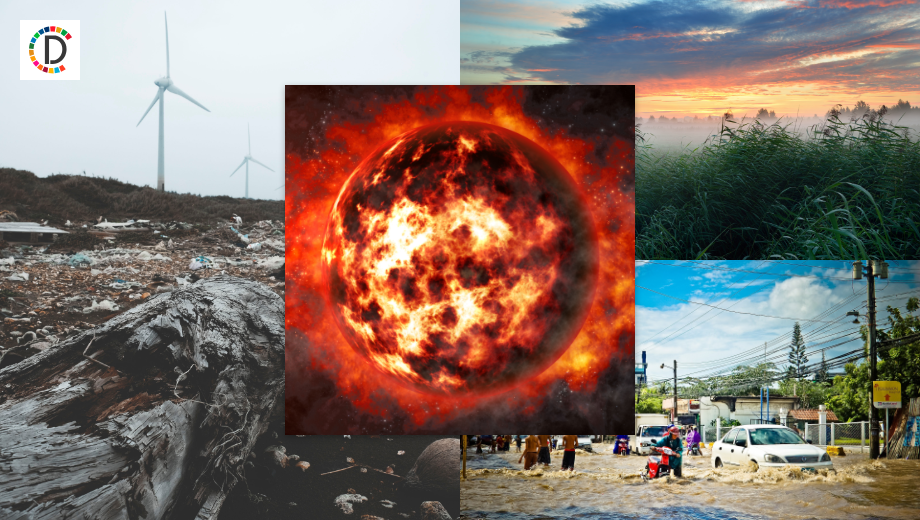Delhi's Third Take on Artificial Rain: A 53-Year Journey to Combat Air Pollution
Delhi has resumed artificial rain experiments to address its air pollution crisis after a 53-year hiatus. The cloud-seeding technique, tried previously in the 1950s and '70s, is being executed in collaboration with IIT-Kanpur. This strategy forms part of the Delhi government's broader plan to improve air quality.

- Country:
- India
In an effort to combat its persistent air pollution crisis, Delhi has resumed artificial rain experiments after a hiatus of 53 years. The latest cloud-seeding trial, conducted in collaboration with IIT-Kanpur, marks the city’s third attempt to use technology to improve air quality.
The experiment, widely regarded as part of Delhi's broader pollution mitigation strategy, involved a Cessna aircraft releasing fire flares over select areas, including Burari and Karol Bagh. Environment Minister Manjinder Singh Sirsa highlighted plans for more such trials in the coming days.
Rooted in scientific research that dates back to the 1970s, the initiative harnesses the potential of cloud seeding to increase rainfall and reduce pollution. As an IITM report indicates, similar efforts have shown increased rainfall in various regions, potentially contributing significantly to water resources and environmental management.
ALSO READ
-
Delhi Court Denies Bail to Accused in Massive Cocaine Drug Bust
-
Cloud Seeding Controversy: Delhi's Rain Dilemma
-
Delhi Reinstates Cloud Seeding to Combat Pollution After 53 Years
-
Chaos on NH-9: Wrong-Side Driving Sparks Multi-Vehicle Crash in East Delhi
-
Delhi Metro Ventures into Port Sector with Tech-Innovative Cargo System









